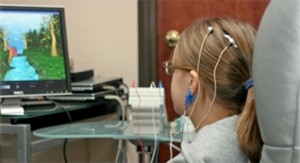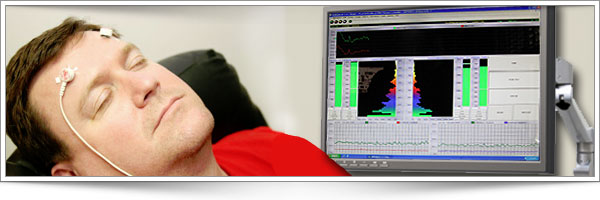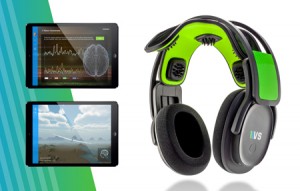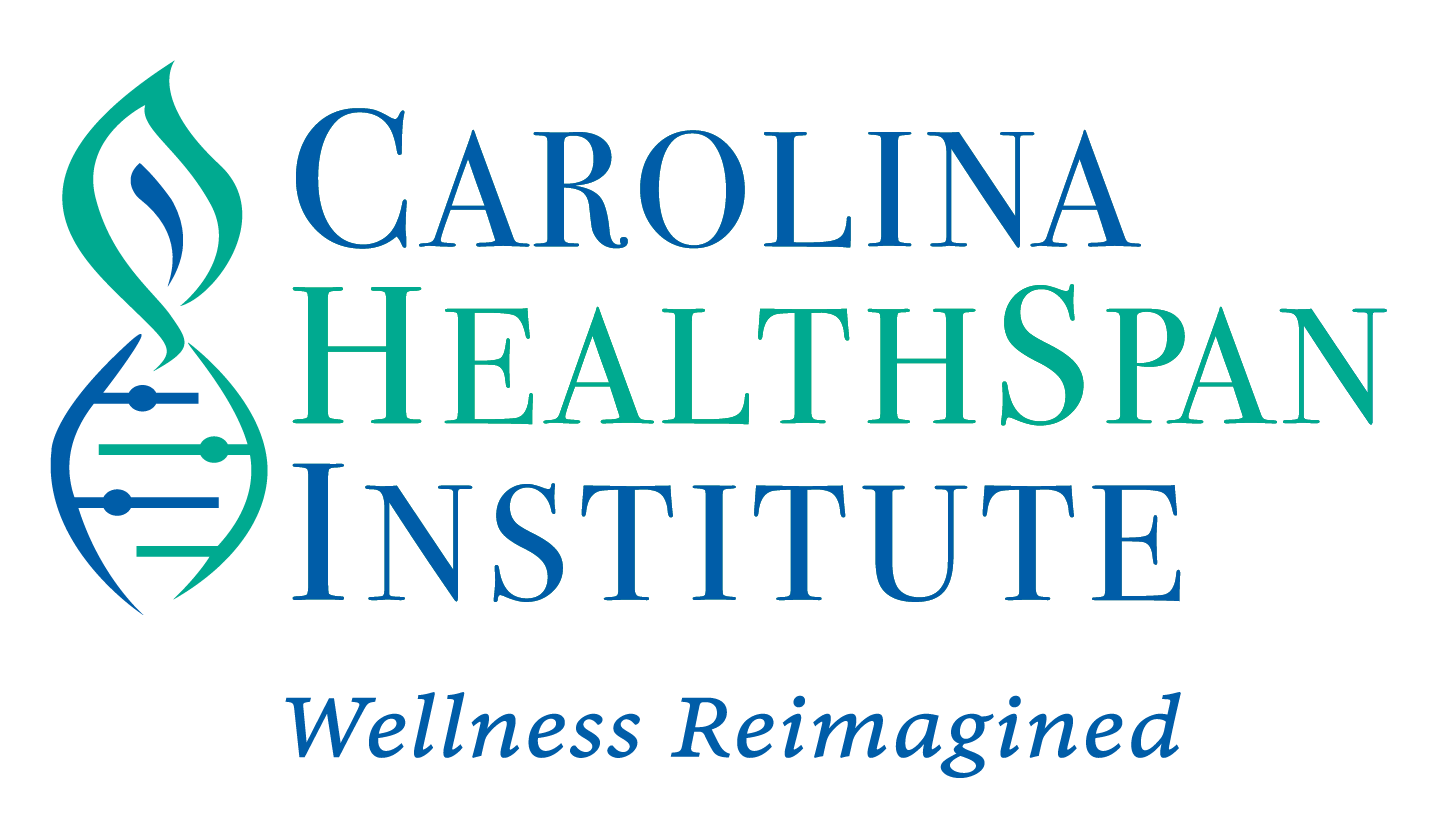Neurofeedback is gaining popularity. We’ve seen over 500 scientific studies published in the past few years, franchise groups have picked up popularity and the mainstream media has started covering stories focused on patients’ experiences or clinic’s results. We are no exception and have had our fair share of media attention this year surrounding our work with former NFL players and Veterans. As with any industry, there is a fair share of difference of opinion, technique and practice that goes on under the umbrella term of Neurofeedback and it is important to understand these differences before committing time, money and effort towards training.
Neurofeedback in general is an evidence based, long-standing practice which uses electrical information from the brain and a “feedback mechanism” to manipulate brain waves and eventually change behavior. We have broken down Neurofeedback into 3 main categories for simplicity’s sake for consumers not in the industry:
 Traditional Neurofeedback (or Active Neurofeedback), uses a system of rewards and the underlying principle of Operant Conditioning to re-train brainwave patterns towards a more optimal state. Like fitness for the brain, the client is asked to participate in this change by controlling an object on a screen with their mind. As the brain becomes more accustomed to this task, the program or clinician will make the task more difficult (like increasing weights), session over session, until a new pattern is formed and solidified. Active Neurofeedback can be performed with one, two, four or nineteen electrodes, eyes open or eyes closed, using an iPad or a large TV screen, leveraging a Clinician’s years of expertise or highly complex mathematical algorithms. Different techniques are effective for different conditions, and many experienced Clinicians use multiple techniques in tandem to elicit the best results for the individual. Depending upon the quality of the equipment and experience of the Clinician, a general treatment cycle could last anywhere from 15 – 60 sessions. Brand names or technique name examples are Thought Technology, Brainmaster, BrainPaint, Z-Score or LORETA training.
Traditional Neurofeedback (or Active Neurofeedback), uses a system of rewards and the underlying principle of Operant Conditioning to re-train brainwave patterns towards a more optimal state. Like fitness for the brain, the client is asked to participate in this change by controlling an object on a screen with their mind. As the brain becomes more accustomed to this task, the program or clinician will make the task more difficult (like increasing weights), session over session, until a new pattern is formed and solidified. Active Neurofeedback can be performed with one, two, four or nineteen electrodes, eyes open or eyes closed, using an iPad or a large TV screen, leveraging a Clinician’s years of expertise or highly complex mathematical algorithms. Different techniques are effective for different conditions, and many experienced Clinicians use multiple techniques in tandem to elicit the best results for the individual. Depending upon the quality of the equipment and experience of the Clinician, a general treatment cycle could last anywhere from 15 – 60 sessions. Brand names or technique name examples are Thought Technology, Brainmaster, BrainPaint, Z-Score or LORETA training.
Passive Neurofeedback, in general, is a technique aiming to elicit a similar response to Active Neurofeedback, without the individual’s active participation. Usually using a signal of varying strengths and varying types, these techniques have been shown to “normalize” brainwave activity for individuals with abnormal activity causing adverse symptoms to persist. If Active Neurofeedback is like fitness for the brain, Passive Neurofeedback is a good deep tissue massage. Sometimes all you need is a massage to get a knot out, rather than more exercise. Passive Neurofeedback techniques have shown promise where active has failed to efficiently illicit a response from the client. Examples of this would be long-term head injuries, learning disorders or stroke victims. Individuals may respond very quickly (3-5 sessions) or gradually over time to these techniques. They can be very powerful with some conditions and not as effective with others. Brand names or technique name examples are LENS, Acoustic Mirroring, NeuroGen or Ultra Low Frequency.
Passive Neurofeedback techniques have shown promise where active has failed to efficiently illicit a response from the client. Examples of this would be long-term head injuries, learning disorders or stroke victims. Individuals may respond very quickly (3-5 sessions) or gradually over time to these techniques. They can be very powerful with some conditions and not as effective with others. Brand names or technique name examples are LENS, Acoustic Mirroring, NeuroGen or Ultra Low Frequency.
 Neurofeedback take home units, to date, are consumer grade at best. This is not to say they will not illicit a response, but if you are going to use them for anything other than relaxation or focus, you should do so under the supervision of an experienced Neurofeedback provider. For example, we love the VERSUS unit from SenseLabs, but only allow a client to rent one after a series of in-office treatments where they learn proper techniques and balance their brain to a point where only incremental improvement or maintenance is needed. Hopefully this will change as the technology becomes more efficient and effective, and we look forward to that day.
Neurofeedback take home units, to date, are consumer grade at best. This is not to say they will not illicit a response, but if you are going to use them for anything other than relaxation or focus, you should do so under the supervision of an experienced Neurofeedback provider. For example, we love the VERSUS unit from SenseLabs, but only allow a client to rent one after a series of in-office treatments where they learn proper techniques and balance their brain to a point where only incremental improvement or maintenance is needed. Hopefully this will change as the technology becomes more efficient and effective, and we look forward to that day.
How do I decide?
If you want to know if your chosen Neurofeedback provider is going to be your best option for treatment, our best advice is to ask a lot of questions. Your provider should have knowledge and education of multiple techniques and practice with different technologies, not just an opinion. They should also have a certification from BCIA (the only national Neurofeedback certification) or have someone in the office with certification to write the protocols and do the assessment. Assessment and measurement is also an extremely important part of the process. If your clinician does not believe in properly assessing your condition, creating goals and measuring along the way to provide objective and subjective evidence of your improvement, they are doing you a disservice.
Here at Carolina HealthSpan Institute, we use extensive Brain Mapping, Cognitive Performance Testing, Neuropsychological & medical evaluation to establish a baseline from which to improve. Our certified clinicians write treatment and training protocols with the oversight from Medical Doctors specializing in brain focused wellness. We employ both Active and Passive Neurofeedback, along with Biofeedback, therapy, coaching and various medical techniques to treat the entire body and brain. We track symptoms every session and re-test all objective metrics at the agreed upon end of training to give a beautiful pre-post report of accomplishments and improvements. Our programs are both individualized and comprehensive and are a big reason behind our 90%+ success rate of meeting our client’s established brain health goals within a reasonable amount of time. If you would like more information, please give us a call at 704-333-4817 today.
